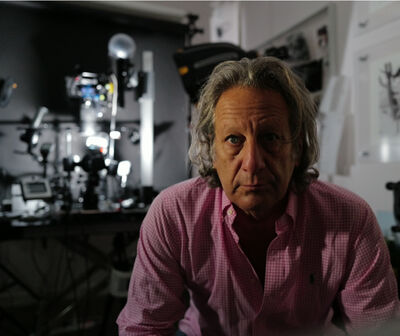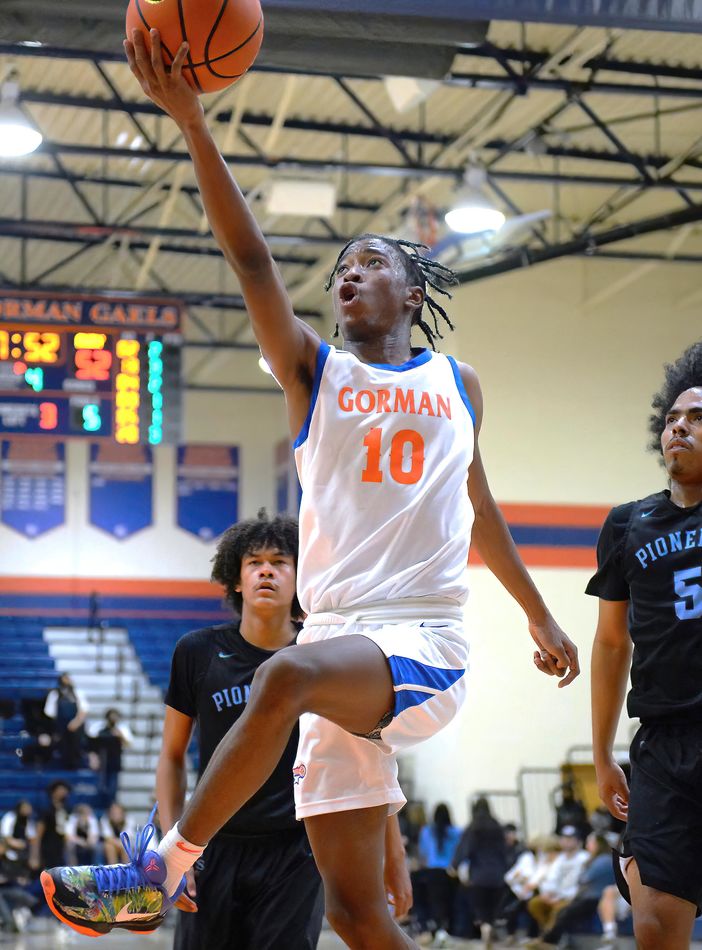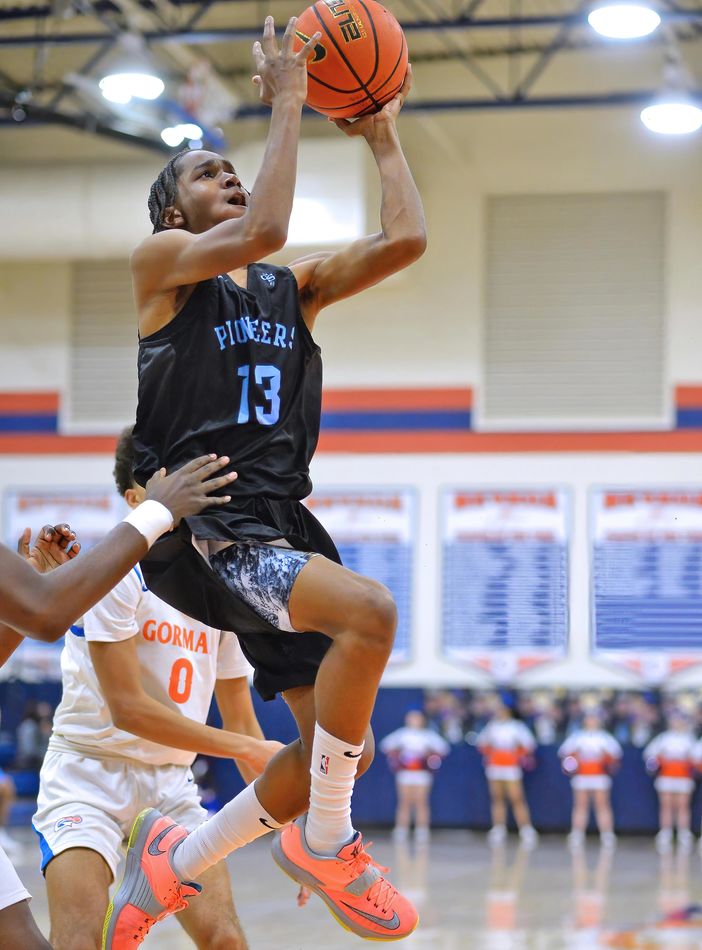Question on Low Light Performance Nikon D850 vs Z9 vs D5 vs D6
Feb 15, 2022 07:29:28 #
MadMikeOne wrote:
Neither one made the short list I included in my OP.
I gotta side with cjc2 a bit. Your OP implied you wanted the best full frame for low light. It mentioned 4 cameras and not that you were exclusive to those four. It also classified D5 and D6 as crop sensors, which they are not. So room for error both ways. :-)
Feb 15, 2022 07:48:34 #
This is how I chose which camera to use:
Lower light, D6. Better light, D850. I was amazed at the D6 low light capabilities. Combined with PP noise reduction software, I don’t think the D6 could be beat. The higher resolution D850 requires more light due to a higher shutter speed requirement to minimize blur. If I was using a tripod or had sufficient light to keep shutter speed fast enough, D850 is superb. When I bought my Z9, I chose to sell my two D6, Z7II and keep my D850. Hoping I was right. Hope this is helpful.
Lower light, D6. Better light, D850. I was amazed at the D6 low light capabilities. Combined with PP noise reduction software, I don’t think the D6 could be beat. The higher resolution D850 requires more light due to a higher shutter speed requirement to minimize blur. If I was using a tripod or had sufficient light to keep shutter speed fast enough, D850 is superb. When I bought my Z9, I chose to sell my two D6, Z7II and keep my D850. Hoping I was right. Hope this is helpful.
Feb 15, 2022 08:32:03 #
Saycheeze
Loc: Ct
D5 is excellent in low light…better than the D850 and D500. I’ve never had a Z9 or D6. After acquiring my D5 I stopped looking for an excellent low light camera because I finally had one.
Feb 15, 2022 08:34:19 #
Gene51 wrote:
...I was there using a D300...After the event we w... (show quote)
Love this story! And I love my old D300. When shooting outdoors in good light, it still is often my first choice....something about it.
Feb 15, 2022 09:16:40 #
I have owned all but the D6 and Z9. I shoot mirrorless in Sony now. Game changer for action which is why I switched.
As for the low light - the D5 hands down. If I could choose, I always went to the D850 for it's megapixals and files. I print too. But the files from the D5 were just as gorgeous but different...a dreamier quality - yeah that isn't on any charts. I loved it with the 500mm pf and 600mm f4 - another reason I switched, weight. I am 65 and prefer to hand hold or use a monopod so I can follow action. The D500 was usually in the bag unless I needed 3 cameras. D5 was the king of low light...but had to fill frame.
Good luck with your decision!
As for the low light - the D5 hands down. If I could choose, I always went to the D850 for it's megapixals and files. I print too. But the files from the D5 were just as gorgeous but different...a dreamier quality - yeah that isn't on any charts. I loved it with the 500mm pf and 600mm f4 - another reason I switched, weight. I am 65 and prefer to hand hold or use a monopod so I can follow action. The D500 was usually in the bag unless I needed 3 cameras. D5 was the king of low light...but had to fill frame.
Good luck with your decision!
Feb 15, 2022 09:21:30 #
MadMikeOne wrote:
Thanks, R.G. The Z6ii has been ruled out due to fo... (show quote)
Interesting as a nature photographer in outdoor phot mag. seemed to love it?
Feb 15, 2022 09:42:43 #
MadMikeOne wrote:
Hi all,
After reading through this, it seems that my question has come down to the crop sensor D5 & D6 vs the FF D850 vs Z9.
Please feel free to correct any of my misunderstanding(s) of this subject.
Thanks in advance!
After reading through this, it seems that my question has come down to the crop sensor D5 & D6 vs the FF D850 vs Z9.
Please feel free to correct any of my misunderstanding(s) of this subject.
Thanks in advance!
I’m not sure I understand that statement. The D5 & D6 are lower resolution than the D850 & Z9 but they’re not crop sensors. You’ve mentioned pixel density and the newer processors as potentially affecting noise, but you missed that although the D850 and Z9 are similar in pixel density the sensor technology has improved quite a bit since the D850’s sensor was developed. I’m still waiting for my Z9, but I’ve seen examples that put the Z9 on par with the excellent Z6II for high ISO shooting. As for your finding the Z6II inadequate, did you take the time to learn to use it? Shooting mirrorless is different. There’s a learning curve for the new AF systems.
Feb 15, 2022 10:12:22 #
SuperflyTNT wrote:
I’m not sure I understand that statement. The D5 &... (show quote)
Good summary, too many things change over time to just speak of pixel size, numbers, etc. Also, rarely see discussion of enviromental factors. Is the noise at any specific settings the same on a hot versus cold day, on startup versus after 30fps for 5 secs. Astro cameras are often cooled to either a set temp or so much below ambient for example. The discussion are great and make me think, but only controlled tests can really tell the factual truth, but then they might not any impact on real use, just specs or theory. For example, lots of scientific tests are all based in standards like 20C, 1 atm pressure, 1 cm pathlenght, optical or other stds produced to specs matched against better stds, etc.
Feb 15, 2022 10:29:17 #
larryepage wrote:
Hi Mike. I shoot both the D500 and D850, and I do... (show quote)
Hi Larry: I shoot a lot of sports. For basketball I use the D4 95% of the time, but for under the basket I like to use my D500 with a 85mm 1.8. If you wouldn't mind could you share what techniques to use so that at 100% my shots would be clean. My boss looks at everything at 100%. Just the way it is.
Thank you,
Jules
Feb 15, 2022 10:43:22 #
User ID wrote:
So, nothing in reply to the OP ?.....
That would be the "relevant data" that I referred to plus some relevant background information that might help the OP to make an informed decision.
Subjective impressions are all well and good but when they're not borne out by the (scientifically reliable) performance figures one has to wonder how reliable they are as a source of information, regardless of how experienced the provider of those impressions is. We could add to that the questionable reliability of the accepted wisdom which informs us that larger photosites automatically mean better noise performance and higher dynamic range.
Feb 15, 2022 11:34:12 #
larryepage
Loc: North Texas area
Jules Karney wrote:
Hi Larry: I shoot a lot of sports. For basketball I use the D4 95% of the time, but for under the basket I like to use my D500 with a 85mm 1.8. If you wouldn't mind could you share what techniques to use so that at 100% my shots would be clean. My boss looks at everything at 100%. Just the way it is.
Thank you,
Jules
Thank you,
Jules
Good morning, Jules. If I recall, you capture your images as JPEGs and then do some post processing on them. If that's still correct, then here's what I do and what I suggest.
Perceptible noise, whether in a photograph, an audio signal, or a radio signal, almost always arises when we try to add something to a signal that isn't there to start with. This can be contrast, sharpness, color saturation, or other properties of a photograph. Your camera offers you a significant ability to adjust these parameters, along with two or three others, in your captured JPEGs. Additionally, there are are several Picture Controls available, ranging from Flat to Vivid, and including several in between.
When you look at the individual sliders controlling these choices, they are labelled in a manner that seems to indicate that there is a "Normal," or "0" position in the middle of the scale, and the option to subtract from that by moving to the left, or add to it by moving to the right. This is a very unfortunate mis-labelling of these sliders, and has led many folks astray in their use. In fact, setting them all the way to the right does not "add" one whit of information to what was captured by the sensor. It simply displays the full amount to you. So since your images are generally well-saturated with fairly high contrast, I'd set those sliders all the way to the right in your camera. That way, you are never adding noise when you add these back in during processing. Reducing them, if necessary, is a totally non-destructive operation.
The same principle is true of White Balance. Capturing white balance correctly and under your own control is always preferable from a noise standpoint to coming back later and adding either blue or red back in to your image. Noise will always increase when you add something later.
Finally, it all starts with getting the exposure correct. Underexposure will always result in noise when bringing levels back up to where they should have started. And remember...when you are shooting at high ISOs, dynamic range is just limited. At ISO 12,800, the D500 has about 4.2 stops of dynamic range. The D850 is 4.9 stops, and the D6 is 5.2 (a D300 is 4.2 stops at ISO 4,000.) None of these is more than about half the range of silver-based monochrome photographic print paper. That doesn't leave much to give away, and it also doesn't leave any to be recovered when editing a raw file, for any of those three cameras.
There is no question that this is a tough environment. But it's a tough environment for any camera. I have found that best results depend on getting everything right. So far no real shortcuts, even with the D850.
Feb 15, 2022 11:46:27 #
billnikon
Loc: Pennsylvania/Ohio/Florida/Maui/Oregon/Vermont
MadMikeOne wrote:
Hi all, br br A friend & I are trying to make... (show quote)
I shoot birds in flight and use GROUP AUTO FOCUS as my main focusing system, it has served my well over the years as my go to, 99.9% keep rate focus system.
The D850, D5, and D6 all have this outstanding feature, for some unknown reason they excluded this great focusing system from the Z9.
If your serious about birds in flight, do not purchase the Z9. For this reason alone I am not buying the Z9, and I have funds to do so.
Feb 15, 2022 12:11:11 #
Pictures are from the Z9, D850 and D6 did not fire up the D5. There are from both min ISO and max ISO for each camera.(post it on the bottom of the pic shows which camera and ISO) I color balanced each camera before shooting.



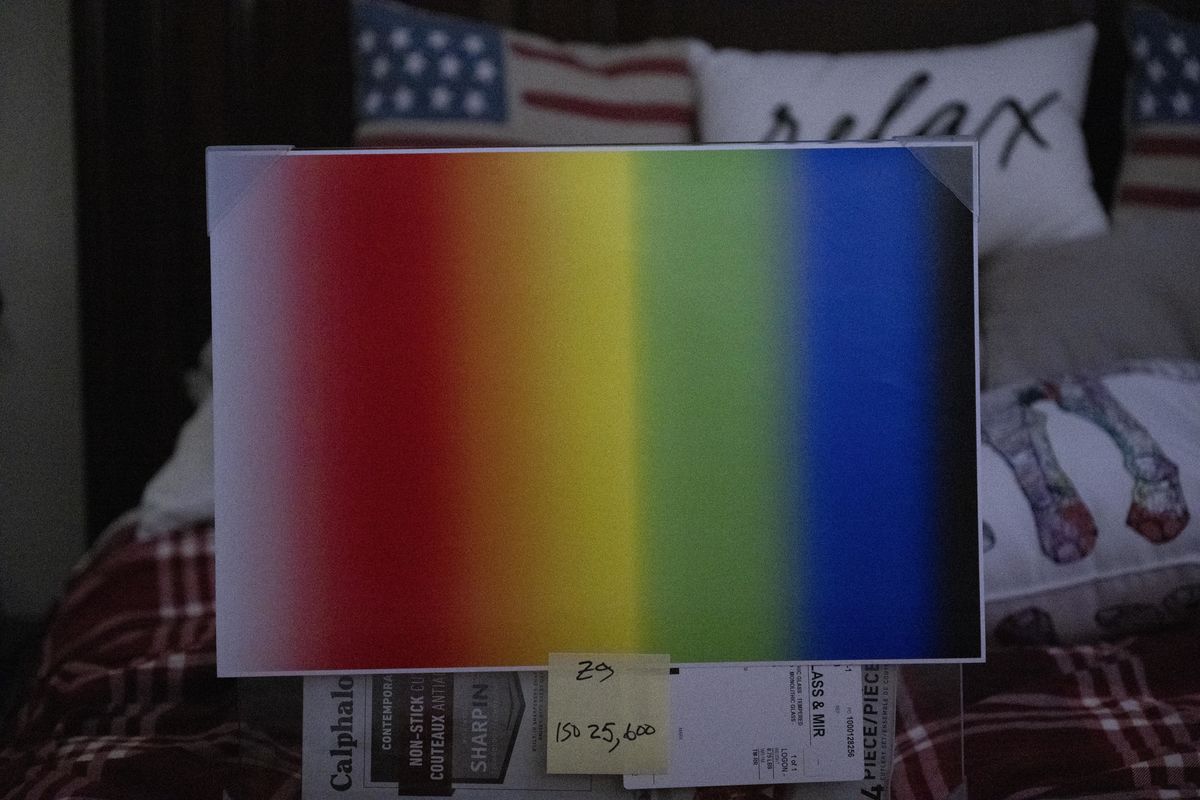

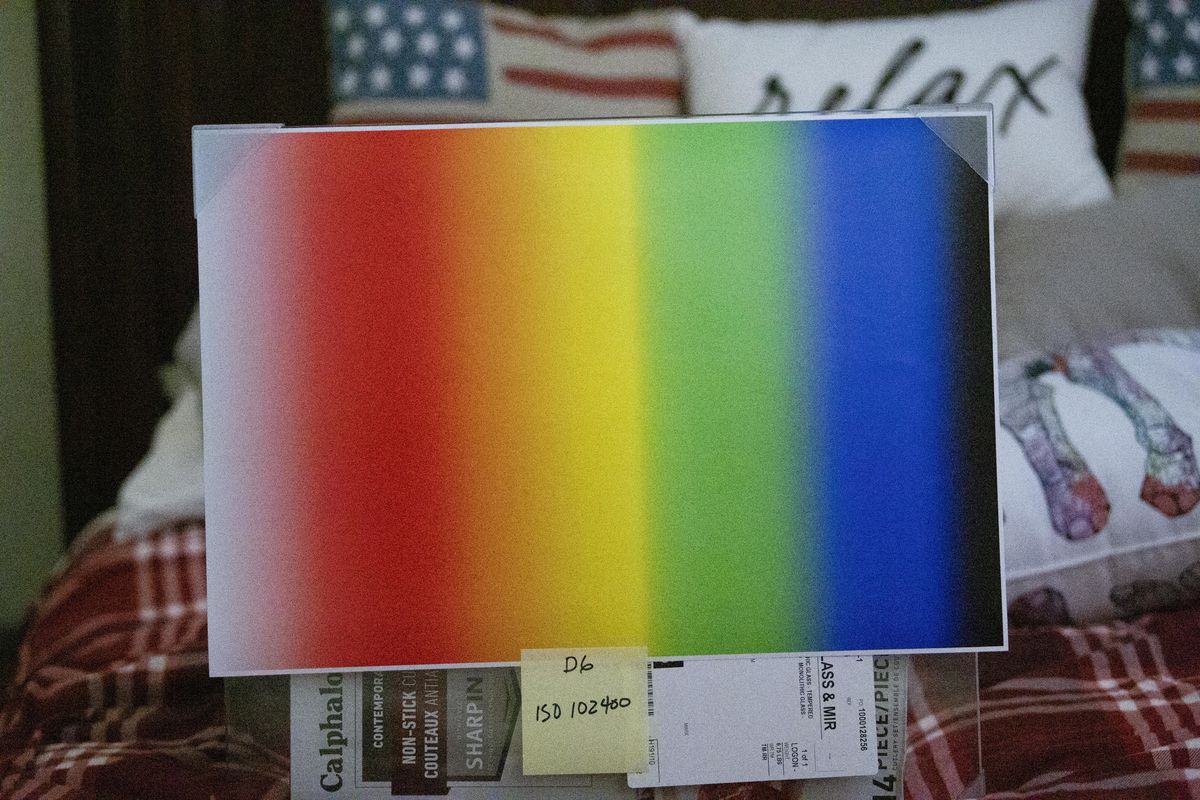
Feb 15, 2022 12:19:12 #
larryepage wrote:
Good morning, Jules. If I recall, you capture you... (show quote)
Larry thanks for getting back to me so quickly. Appreciate all the info.
I am shooting tonight with a badly lit gym so my iso will be at least6400-800 1/800 at 2.8 white balance is pretty good at auto. We shall see.
Feb 15, 2022 13:13:22 #
1grumpybear wrote:
Pictures are from the Z9, D850 and D6 did not fire up the D5. There are from both min ISO and max ISO for each camera.(post it on the bottom of the pic shows which camera and ISO) I color balanced each camera before shooting.
Min and Max aren’t much of a test. How do they look at 3200, 6400, 12800? Also your exposures aren’t consistent and since you didn’t check “store original” we can’t see the detail.
If you want to reply, then register here. Registration is free and your account is created instantly, so you can post right away.

